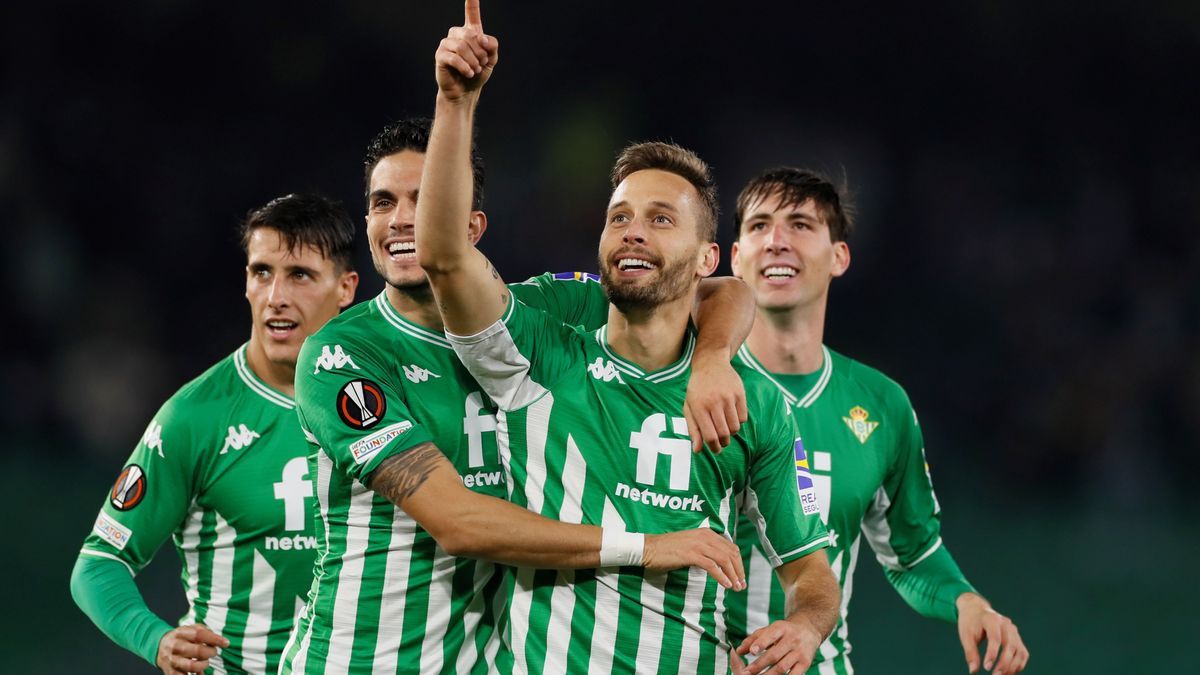In the last few years, complaints increased as La Liga saw a more defensive shift with teams like Getafe, Atlético De Madrid or Cádiz with a fair amount of success. Low-budget teams have been accused of using the ‘park the bus’ theme to survive in the Spanish top-flight, inspired by Atlético’s Diego Simeone. Despite the hype being low, La Liga is slowly maturing, taking a U-turn with Flamenco-inspired football coming back with more ambitious coaches opting for riskier approaches.
Up until the pandemic, more and more Spanish teams preferred a conservatist approach, out of fear of missing out on results. El resultadismo conveyed a limited perception, one that would prefer a low-risk, low-rewards approach, where avoiding promotion at all costs was the sole objective.
Both Atlético De Madrid and Real Madrid, respectively under Diego Simeone and Zinédine Zidane opted for flatter set-ups: The counter-attack was preferred to elaborate, courageous build-ups. Even F.C Barcelona, supposedly the Cruyff-impregnated club, had chosen risk-aversion under Ernesto Valverde.
With the top three of Spain’s elite opting for briddling its resources on the pitch, a majority of the league followed. Perhaps best exemplified by recently promoted teams such as Cádiz, Elche or Getafe, La Liga’s trust in attacking football and its youth academies had undergone a trip back to hell, stuck in Styx of football and innovation.
However, La Liga has seen an ideological shift in the last years, with a more offensive brand of football displayed through a majority of the competition: Carlo Ancelotti had madrileños worried until March concerning defensive transitions: Xavi’s arrival marked a revival in blaugrana hopes as well. Consequently, lower-ranked La Liga sides followed the example: Rayo Vallecano, Real Betis, Girona, Almería, or even Getafe themselves.
Not only is the average football more and more ambitious, but academies are starting to get once again more and more attention, with clubs attaching more and more importance to these precious resources.
Some of these sides only needed a coaching change in order to match their ambitions: This is the case of Villarreal or Real Betis. The latter took up on European football with style by hiring none other than Manuel Pellegrini, the Chilean coach bringing back a joyful mood under the hot Andalusian sun. Most notably through the unexpected explosion of forward Juanmi, overperforming his xG by several miles, especially in the first half of the season.
Other regulars like Canales, Fekir continued as key players, yet Pellegrini increased their compatibility, resulting in a highly-functional and high-risk, high-reward system that gave its fruits in forms of bananas, pineapples and regular goalfests to Real Betis.
Furthermore, the inclusion of Bellerin added to the regular Moreno and Guido Rodriguez added to the team’s stability in a notable way. Real Betis could create from deep or from wide, whilst keeping above-average defensive control (Guido Rodriguez and Carvalho notably responsible for many interceptions and tackles), making the Verdiblancos a balanced team on most fronts. Having a progressor like Carvalho in a double pivot whilst being covered by Guido Rodriguez, arguably one of the best interceptors in the league, always promises a key partnership in the most important zone of the pitch.
Others however, like Osasuna or Rayo Vallecano, opted for a mix between a younger and older core whilst adding key additions to strengthen the squad. Even if Iraola’s team slowed down following squad shortage after the winter break, the team remained a great pleasure to watch week-in week-out.
In the case of Iraola, verticality and wide danger was the key to explain Rayo’s sudden success, going from promoted to winning against Barcelona and find itself in the higher places of the competition. The mix between Fran García and Alvaro García in the same wing, while Oscar Trejo began as the experienced, matured decision-maker between the lines meant that Rayo were hard to stop in transition: Valentin had been a great deal at the heart of the pitch, essentially becoming the transition-breaker throughout the season.
Osasuna, on the other hand, are known for their wide triangular rotations that accelerate transitions exponentially, notably thanks to key players in Moncayola, Avila or even Brašanac. With a great deal of a well-managed academy, Osasuna enter in a similar situation of Villarreal and Real Betis, that is of a club using its academy resources to display great football that includes the traditional club culture.
One might wonder about the origins of such a sudden change. The most likely answer is the following: Spanish clubs used to rely on academies, and that short-time where clubs did not is when they found themselves in their worst state, which is why they might have decided to come back to their roots and seen better performance that excluded resultadismo as first, and instead a “Salid y disfrutad” mentality that has pleased fans more than ever.
Furthermore, with limited financial resources, using academies is best to do so: it so happens that Spain has a history of creating the stereotypical thin, technically agile and tactical astute players: A more ambitious brand of football suited their qualities better, which might explain the ideological flamenco-inspired U-turn in Spain in the last years.
It’s in crisis that the human brain enters the emergency mode, mode that forces innovation and craziness that leads to ambitious attempts that turn out for the better: Arguably, Spain needed this let-down and dark, low-block phase in order to bounce back.

